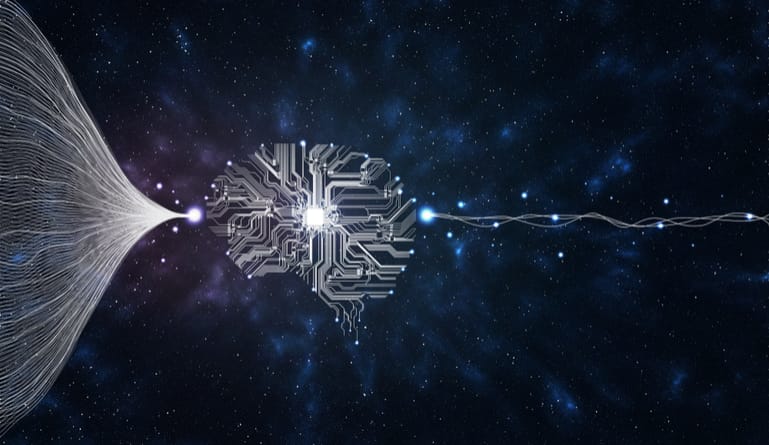Machine learning is becoming a hugely beneficial tool in businesses. It is the power behind AI algorithms that allow us to analyze everything from pictures to datasets from disparate sources. It’s had a significant impact on HR functions, helping businesses source better talent faster, as well as predict and prevent turnover and automate processes for better efficiency.
Machine learning tools have greatly enhanced certain HR functions, but there are limits to its impact.
There are some limitations to machine learning in human resources, however. Data scientists are still working hard to create machine learning solutions that are beneficial to individuals and businesses, but the challenges still remain.
What are the limitations that human resource teams face with machine learning technology?
Here are some of the current limitations that machine learning faces in the HR sphere.
#Training:
Machine learning requires data and training so that the program learns to recognize patterns and understand how to tackle the goals and objectives it’s been designed for. Machine learning programs might be able to identify a picture of a dog as “dog” but only after being exposed to thousands of other pictures of dogs. Facebook is able to tag pictures of ourselves, our friends, and our colleagues with AI because it has dozens or hundreds of images of those people already in its database to draw from. Amazon and Spotify can make recommendations on other purchases because they have access to every past consumer’s purchase history.
Similarly, for a machine learning program to be effective in HR applications, it needs to be exposed to a lot of data to be able to help businesses in a meaningful way. Recruiting software that uses AI technology is able to access data like salaries or job postings or job titles and then offer recommendations, solutions, or suggestions based on analyzing that data set. Part of the reason this works is that there is so much data available related to jobs – job boards, recruiters, LinkedIn, PayScale, Glassdoor, and hundreds of other sources of information. If the AI knows where to look, it can gather all the knowledge it needs to engage in the machine learning analysis. The software has also been built and tested long before any HR managers get their hands on it, so most HR groups can simply “plug and play” their software and have a robust solution that works for their needs.
For more custom or specialized tasks, however, machine learning is not necessarily the best tool. If your business has specific tasks outside of the role that the AI program has been trained for, it becomes challenging to use the existing machine learning to solve that problem. There is the possibility that since the program can learn, it can adapt to solve new problems, but again, that requires extensive exposure to data and re-training software in additional tasks and most businesses, HR departments specifically, don’t have the resources or know-how to handle that.
#Knowledge transfer:
Similarly, machine learning technology does not transfer its learning ability across tasks and most AI programs don’t collaborate or integrate well with one another. That means that companies who want AI to improve their processes may have a hard time getting their systems to communicate meaningfully with each other and also may have to invest in several machine learning solutions to work on multiple tasks. A comprehensive machine learning solution has yet to be fully developed and deployed.
Machine learning in human resources continues to be a promising technology that can help organizations streamline their processes and create more efficient ways of sourcing and maintaining talent, as well as helping businesses develop their employees. As technology continues to grow and change, it seems likely that additional benefits will become clear and that the current challenges and limitations of machine learning in human resources will become fewer.





